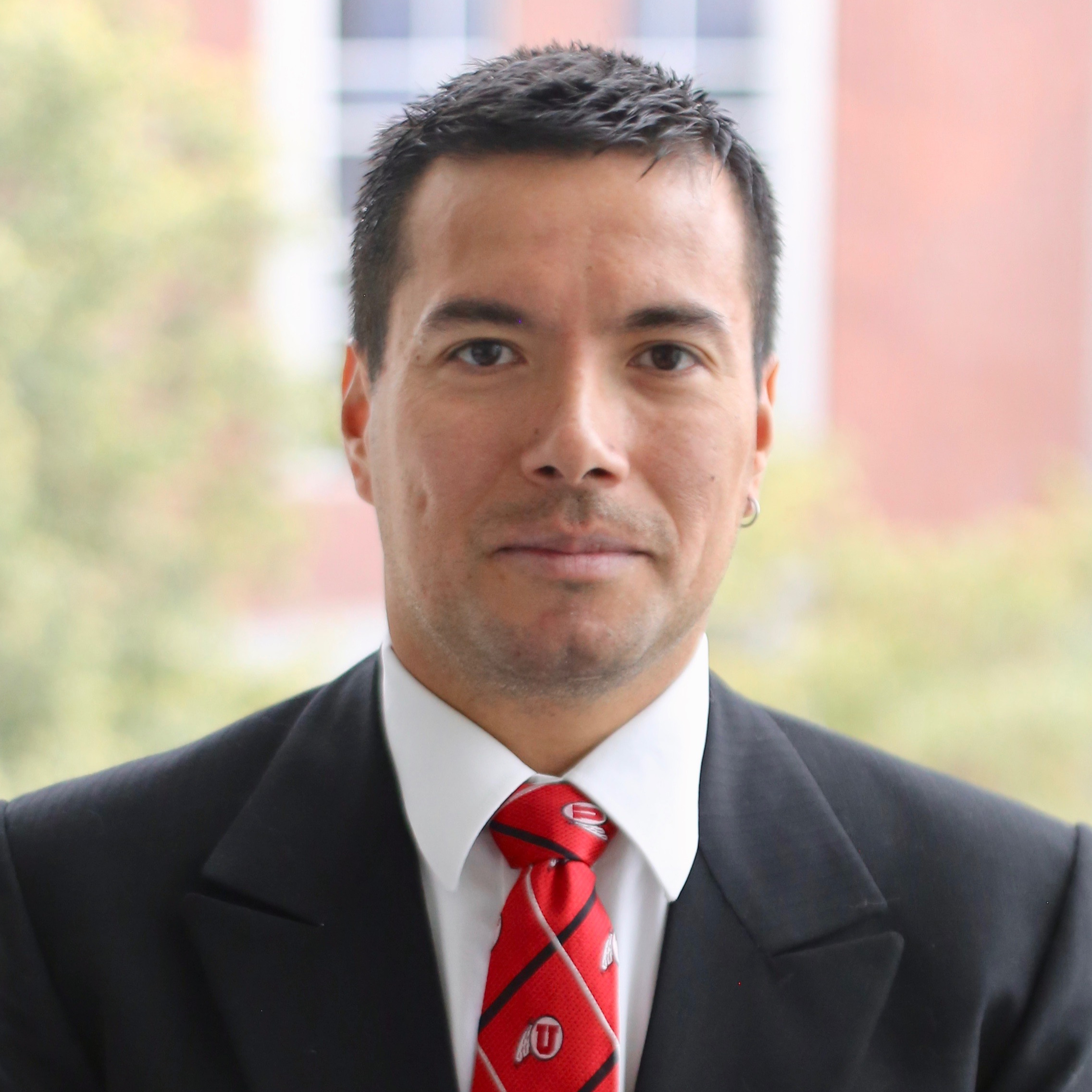Preprint
Communication
Land Use Differences Across Socioeconomic Boundaries and Implications for Air Quality
Altmetrics
Downloads
267
Views
160
Comments
0
This version is not peer-reviewed
Submitted:
15 September 2020
Posted:
16 September 2020
You are already at the latest version
Alerts
Abstract
Multiple social and environmental justice concerns are linked to urban form such as the distribution of socioeconomic class populations, healthcare spending, air pollution exposure, and human mobility. This study used 1m resolved LIDAR data to characterize land use in Salt Lake County, Utah and associate it with sociodemographic and air quality data at the census block group and zip code levels. We found that increasing tree cover was associated with higher per capita income and lower minority populations while increasing built cover was linked to lower per capita income and higher minority populations. Air quality showed less strong correlations, however, decreased non irrigated cover, increased built cover, and higher amounts of households living under poverty was related to higher long-term PM2.5 exposure. Several policy efforts have been undertaken to improve air quality and reduce negative health outcomes in Utah which are being informed by regulatory and research grade air quality sensors.
Keywords:
Subject: Social Sciences - Geography, Planning and Development
Copyright: This open access article is published under a Creative Commons CC BY 4.0 license, which permit the free download, distribution, and reuse, provided that the author and preprint are cited in any reuse.
MDPI Initiatives
Important Links
© 2024 MDPI (Basel, Switzerland) unless otherwise stated





